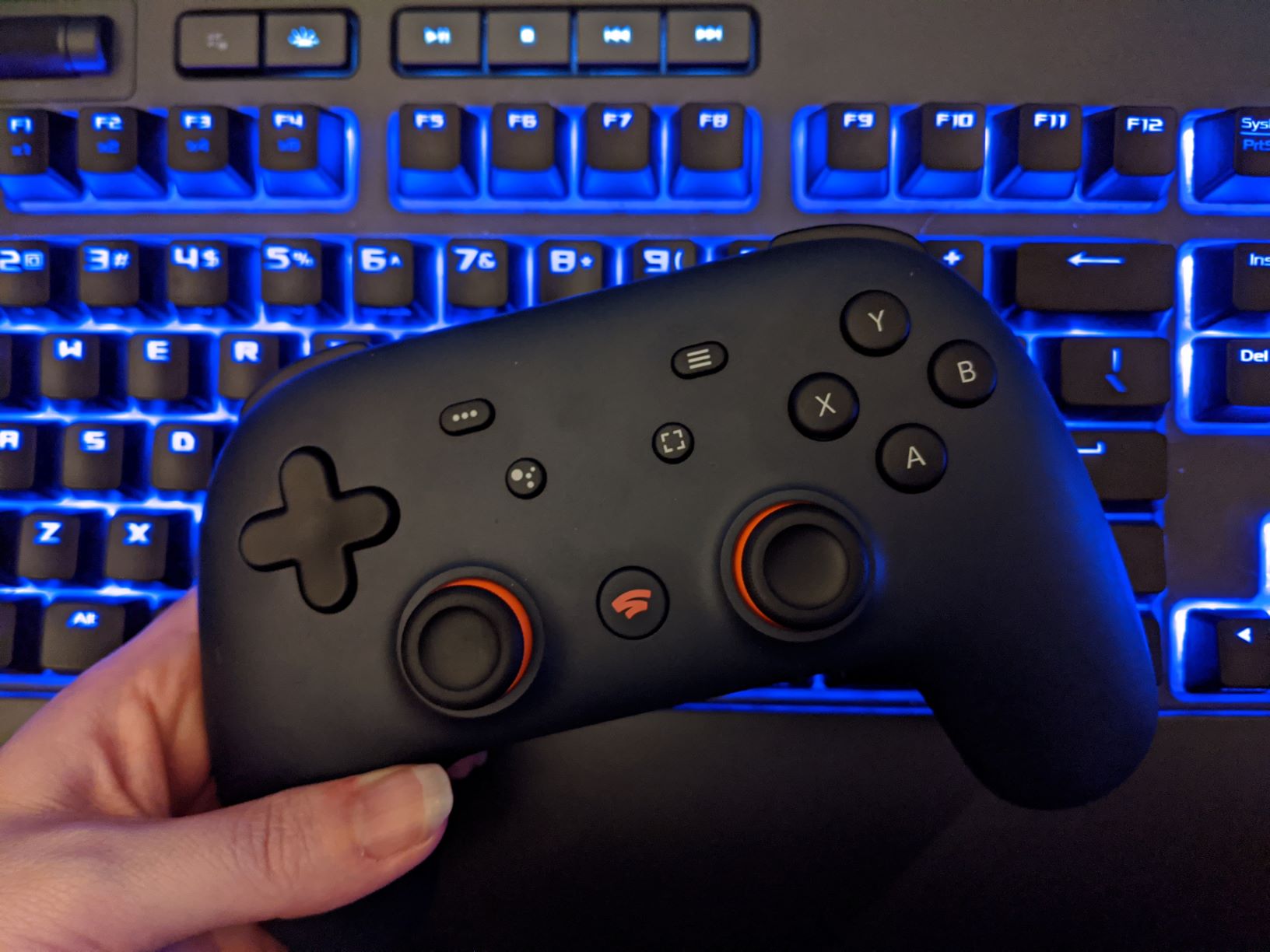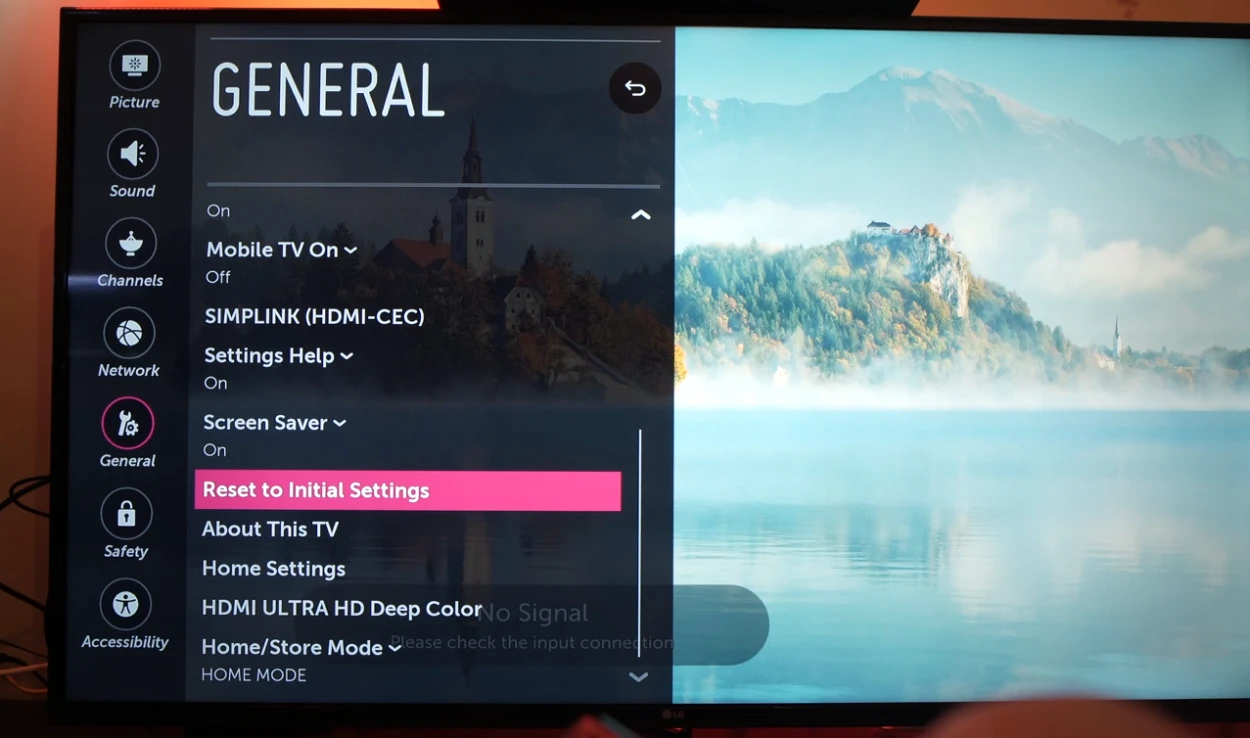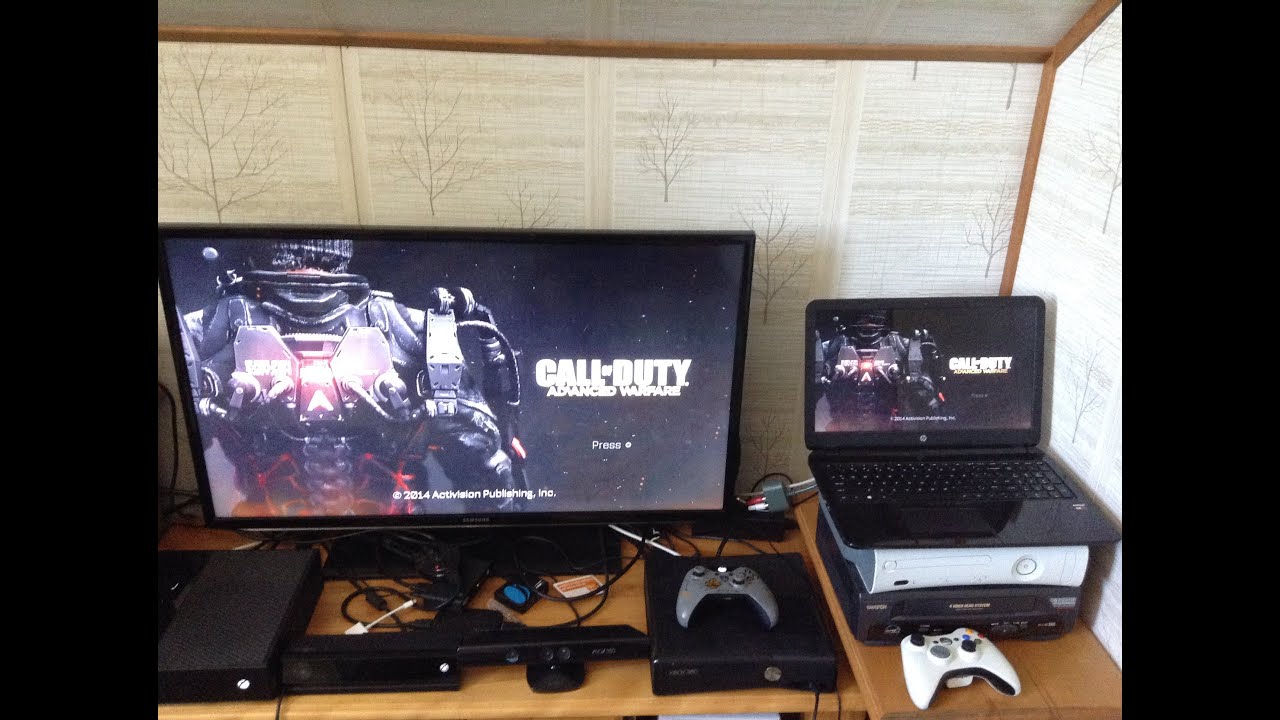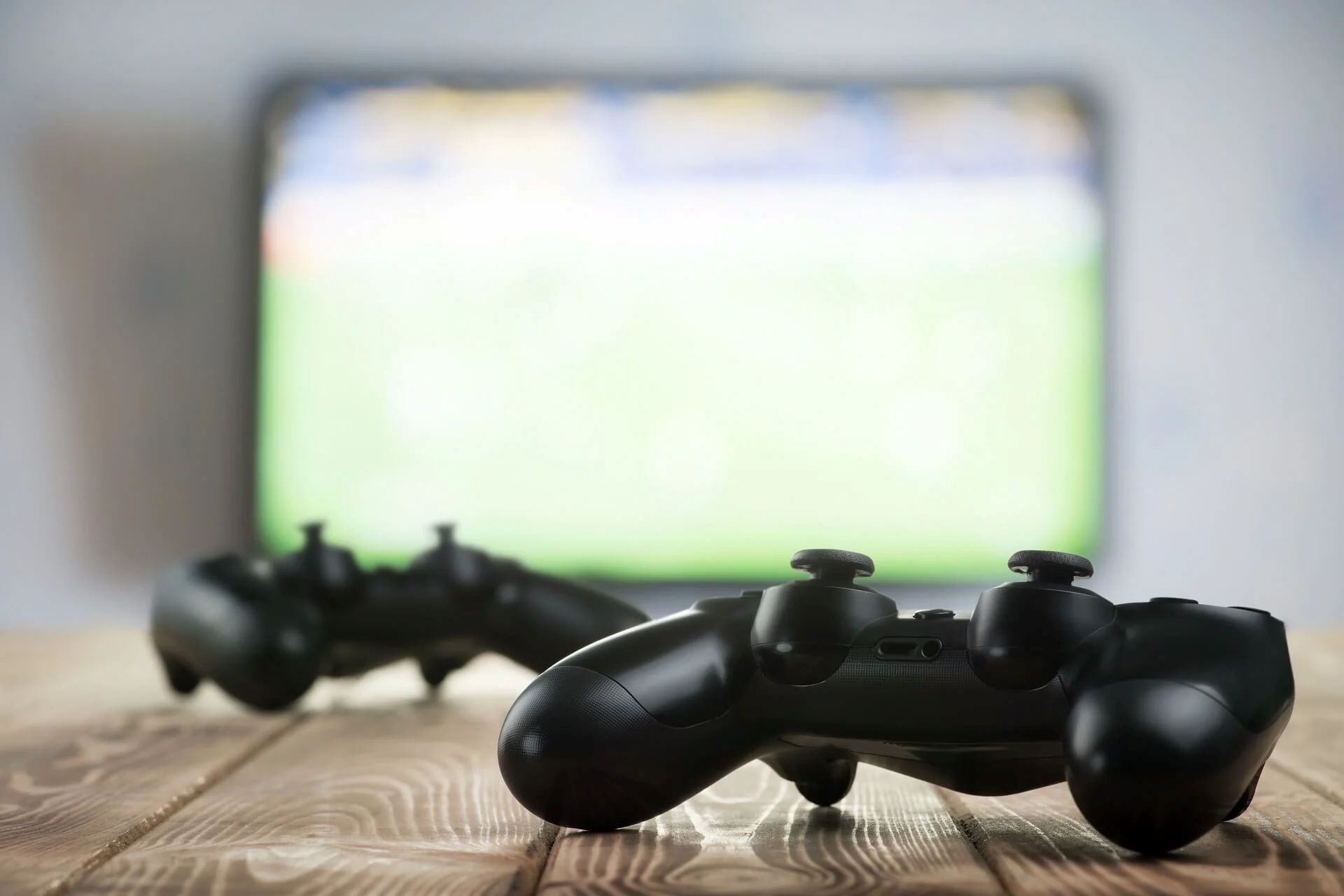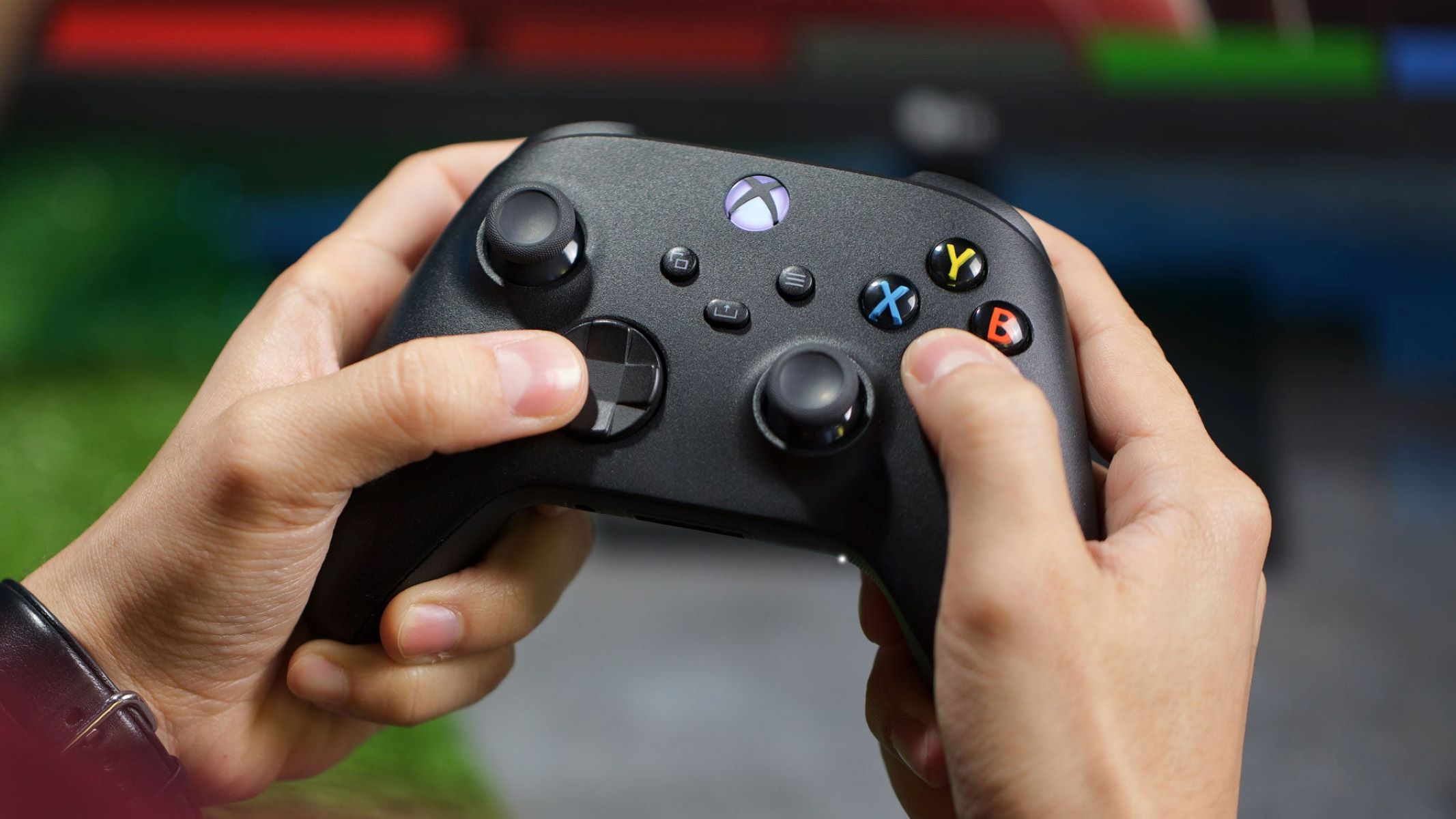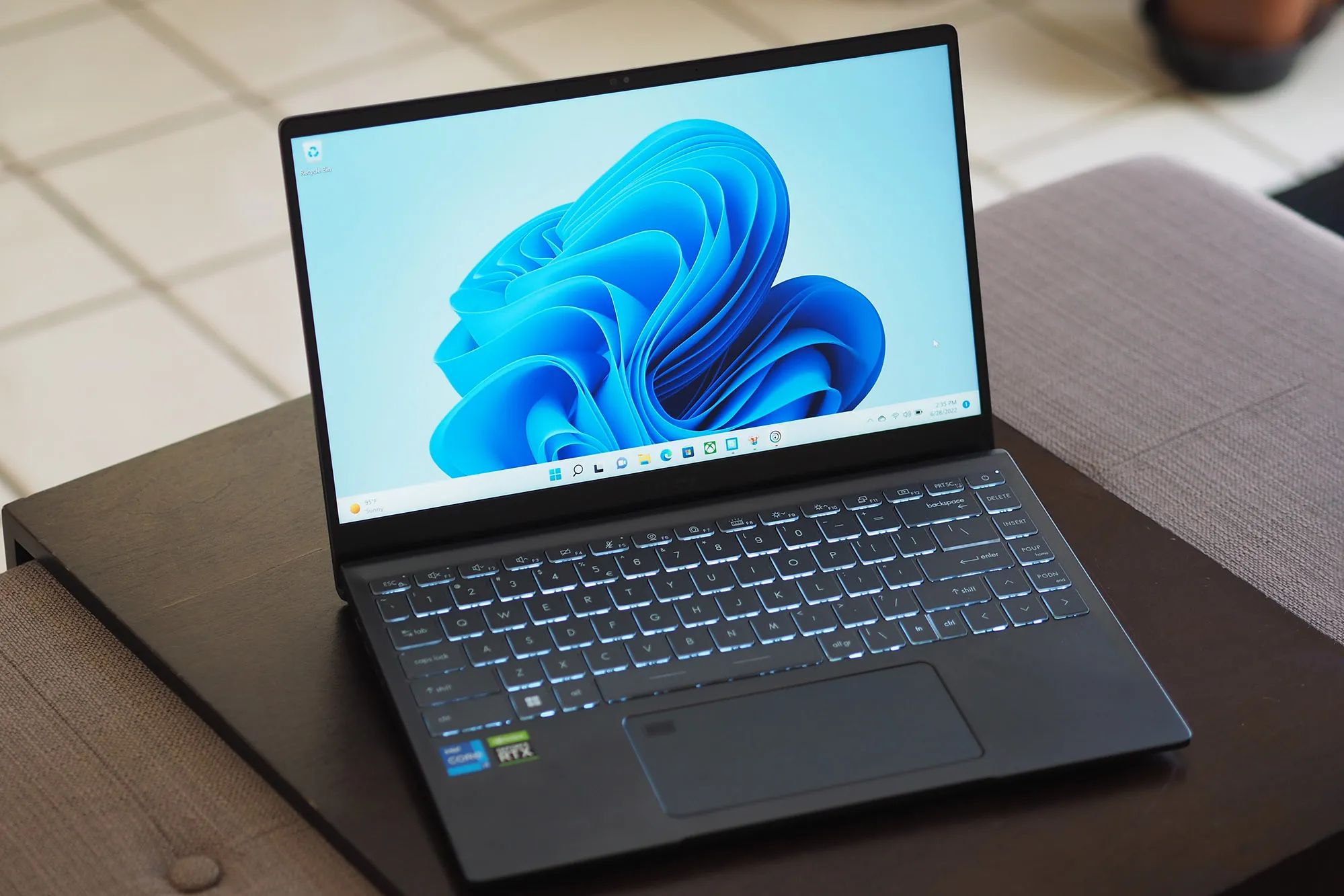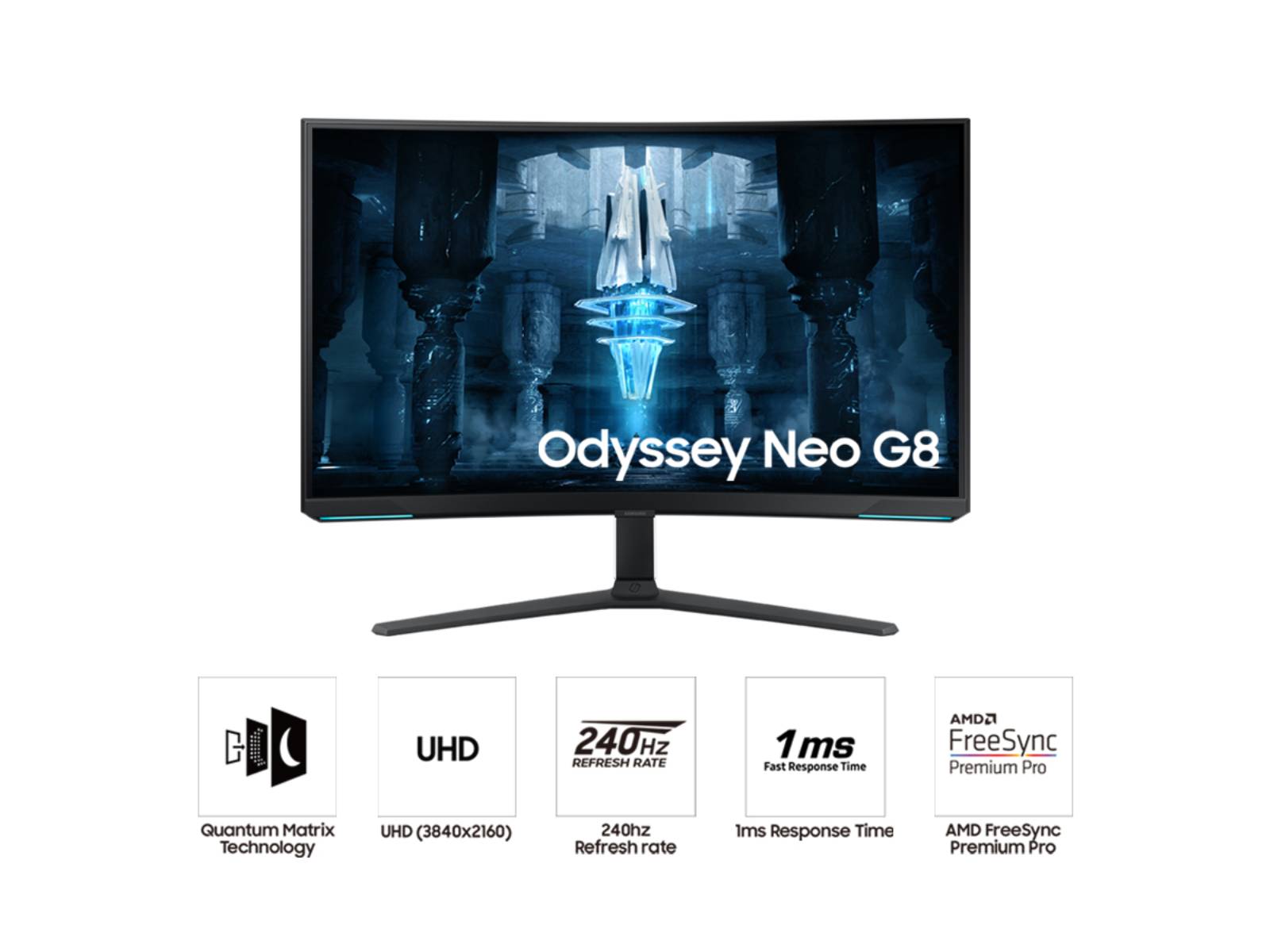Introduction
Understanding Game Controller Lag
Game controller lag, often referred to as input lag, is a frustrating issue that can significantly impact the gaming experience. This phenomenon occurs when there is a noticeable delay between the player's input on the controller and the corresponding action on the screen. Whether you're navigating a virtual battlefield, executing precise maneuvers in a racing game, or engaging in fast-paced action, any delay can disrupt the fluidity and responsiveness of gameplay.
This article aims to delve into the intricacies of game controller lag, offering insights into its underlying causes and providing practical solutions to mitigate this issue. By understanding the factors contributing to controller lag and implementing effective remedies, gamers can enjoy a seamless and immersive gaming experience.
Game controller lag can stem from various sources, including hardware limitations, wireless connectivity issues, software glitches, and environmental interference. It can manifest as delayed button responses, sluggish movement, or unresponsive controls, all of which can significantly hinder gameplay performance.
As avid gamers strive for precision and real-time responsiveness, the presence of controller lag can be exasperating, impacting their ability to execute actions with accuracy and speed. Therefore, it is imperative to identify the common causes of game controller lag and explore actionable strategies to address this issue effectively.
Understanding Game Controller Lag
Game controller lag, also known as input lag, refers to the delay between pressing a button on the controller and the corresponding action occurring on the screen. This delay can be perceptible and can hinder the player’s ability to respond swiftly and accurately within the game environment. Understanding the factors contributing to game controller lag is crucial for effectively addressing this issue and optimizing the gaming experience.
One of the primary contributors to game controller lag is the hardware limitations of the gaming system and the controller itself. The processing speed and responsiveness of the controller’s components, such as buttons, triggers, and joysticks, play a pivotal role in determining the input lag. Additionally, the display technology and refresh rate of the monitor or television can impact the overall responsiveness of the gaming system, further exacerbating controller lag.
Wireless connectivity issues can also lead to game controller lag. Wireless controllers rely on radio frequency signals to transmit input data to the gaming console, and interference or signal disruptions can result in delayed or inconsistent input recognition. Furthermore, the distance between the controller and the console, as well as the presence of obstacles or electronic devices emitting similar frequencies, can influence the stability of the wireless connection, potentially causing input lag.
Software-related factors, including outdated system firmware, driver issues, and in-game optimization, can contribute to game controller lag. Compatibility issues between the controller and the gaming platform, as well as inefficient utilization of system resources, may lead to latency in input recognition and response. Moreover, background processes and system resource allocation can impact the overall performance of the gaming system, affecting the responsiveness of the controller.
Environmental interference, such as radio frequency interference from nearby electronic devices, can disrupt the wireless communication between the controller and the gaming console, resulting in input lag. Additionally, the presence of physical obstacles or reflective surfaces in the vicinity of the gaming setup can impede the transmission of wireless signals, potentially causing signal degradation and latency in controller input recognition.
By comprehensively understanding the multifaceted nature of game controller lag, gamers can proactively address the underlying causes and implement effective solutions to minimize input delay, ultimately enhancing the responsiveness and precision of their gaming experience.
Common Causes of Game Controller Lag
Game controller lag can be attributed to a variety of factors, each of which can significantly impact the responsiveness and fluidity of gameplay. By identifying the common causes of controller lag, gamers can gain valuable insights into the underlying issues and implement targeted solutions to mitigate input delay.
One prevalent cause of game controller lag is the inherent latency associated with wireless connectivity. Wireless controllers rely on radio frequency signals to transmit input data to the gaming console, and environmental factors such as signal interference, signal degradation, and wireless range limitations can contribute to input lag. Additionally, the presence of electronic devices emitting similar frequencies and physical obstacles obstructing the line of sight between the controller and the console can disrupt the wireless communication, leading to delayed input recognition.
Hardware limitations of the gaming system and the controller itself can also contribute to input lag. The processing speed and responsiveness of the controller’s components, including buttons, triggers, and joysticks, play a pivotal role in determining the input delay. Similarly, the display technology and refresh rate of the monitor or television can impact the overall responsiveness of the gaming system, potentially exacerbating controller lag.
Software-related factors, such as outdated system firmware, driver issues, and in-game optimization, can introduce input lag. Compatibility issues between the controller and the gaming platform, as well as inefficient utilization of system resources, may lead to latency in input recognition and response. Moreover, background processes and system resource allocation can impact the overall performance of the gaming system, influencing the responsiveness of the controller.
Environmental interference, including radio frequency interference from nearby electronic devices and the presence of physical obstacles or reflective surfaces in the vicinity of the gaming setup, can disrupt the wireless communication between the controller and the gaming console, resulting in input lag. These environmental factors can impede the transmission of wireless signals, potentially causing signal degradation and latency in controller input recognition.
By recognizing these common causes of game controller lag, gamers can take proactive measures to address these issues, optimizing the responsiveness and precision of their gaming experience.
How to Fix Game Controller Lag
Addressing game controller lag requires a systematic approach that encompasses both hardware and software optimizations, as well as environmental considerations. By implementing targeted solutions, gamers can effectively mitigate input delay and enhance the responsiveness of their gaming experience.
One effective strategy to reduce game controller lag is to minimize wireless interference and optimize the wireless connectivity between the controller and the gaming console. This can be achieved by ensuring that the controller and console are in close proximity, minimizing obstructions and reflective surfaces that may impede the wireless signal. Additionally, utilizing 5GHz wireless networks, if available, can potentially reduce interference and enhance signal stability, thereby mitigating input lag.
Updating the firmware and drivers of the gaming console and the controller can address software-related issues that contribute to input lag. Ensuring that the system software is up to date and that the controller’s firmware is optimized for compatibility with the gaming platform can improve input recognition and responsiveness. Furthermore, optimizing in-game settings, such as reducing graphical demands and prioritizing input processing, can alleviate software-related input lag.
Optimizing the display settings of the gaming system, including the refresh rate and display mode, can minimize display-induced input lag. Selecting a display mode with lower input latency and ensuring that the display’s refresh rate aligns with the gaming system’s capabilities can enhance the real-time responsiveness of the gaming experience. Additionally, enabling game mode or low-latency settings on the display can further reduce input lag.
Utilizing wired controllers can eliminate the inherent latency associated with wireless communication, providing a more direct and responsive input interface. Wired controllers offer consistent and instantaneous input recognition, minimizing the potential for input lag caused by wireless connectivity issues. While this solution may involve physical constraints related to cable length, it can significantly reduce input delay for gamers seeking optimal responsiveness.
By implementing these targeted solutions, gamers can effectively mitigate game controller lag and optimize the responsiveness and precision of their gaming experience, ultimately enhancing their ability to engage in immersive and fluid gameplay.
Conclusion
Game controller lag, or input lag, presents a significant challenge for gamers seeking precision, responsiveness, and fluidity in their gaming experience. By understanding the multifaceted nature of controller lag and recognizing its common causes, gamers can proactively address this issue and optimize their gaming setup to minimize input delay.
Wireless connectivity issues, hardware limitations, software-related factors, and environmental interference are among the primary contributors to game controller lag. These factors can disrupt the seamless translation of player input into on-screen actions, impacting the overall gaming performance and experience. However, by implementing targeted solutions, gamers can effectively mitigate input lag and enhance the responsiveness of their gaming system.
Optimizing wireless connectivity, updating firmware and drivers, and fine-tuning display settings are pivotal strategies for reducing game controller lag. Minimizing wireless interference, prioritizing software compatibility and optimization, and leveraging wired controllers can significantly improve the real-time responsiveness of the gaming experience, allowing gamers to engage in fluid, precise, and immersive gameplay.
Ultimately, by addressing the common causes of game controller lag and implementing effective remedies, gamers can elevate their gaming experience, enabling them to fully immerse themselves in the virtual worlds of their favorite games without the disruptive effects of input delay. As the gaming industry continues to evolve, the pursuit of seamless, responsive gameplay remains a priority, and by proactively managing game controller lag, gamers can enjoy an optimized gaming experience that fully caters to their precision and responsiveness needs.







